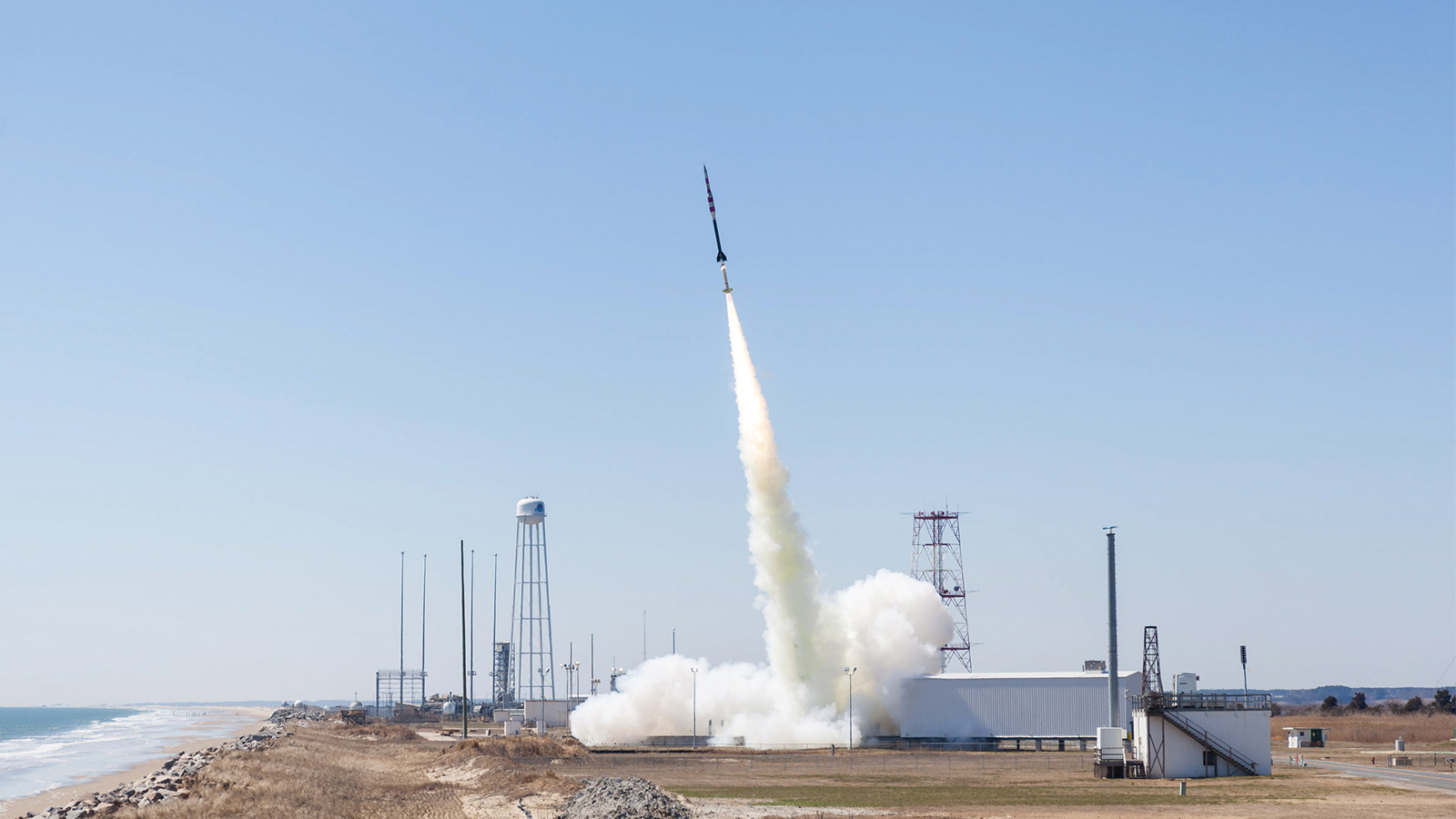Stay Up to Date
Submit your email address to receive the latest industry and Aerospace America news.
The Atmospheric Flight Mechanics Technical Committee addresses the aerodynamic performance, trajectories and attitude dynamics of aircraft, spacecraft, boosters and entry vehicles.
NASA’s Learn-to-Fly project, in which engineers are testing the feasibility of self-learning aircraft, conducted several successful flight tests. The Learn-to-Fly project incorporates real-time nonlinear aerodynamic modeling with autonomous control law design. The integrated system has the benefit of producing aerodynamic models based on flight data for control law design based on actual flight dynamics responses rather than simulations. Several test flights were conducted at ranges in Virginia at NASA’s Langley Research Center and the U.S. Army’s Fort A.P. Hill. The flight tests included several varieties of both powered and unpowered aircraft over a span of months in 2018. In some flights, pilots on the ground flew the aircraft via radio control, while others flew under fully autonomous control, and in both stable and unstable configurations. The flight tests demonstrated the feasibility of the Learn-to-Fly concept.
NASA’s Advanced Supersonic Parachute Inflation Research Experiment, or ASPIRE, program conducted two flights this year of the parachute system to be used for the Mars 2020 rover landing. In March, a sounding rocket launched from Wallops Flight Facility in Virginia released a strengthened version of the parachute system that delivered the Curiosity rover to the surface of Mars in 2012 in the Mars Science Laboratory mission, targeting the 99 percent expected load conditions. The next flight test occurred in September, targeting twice the observed load of the Mars Science Laboratory mission in 2012. In both cases, the parachute inflated and descended to the surface of the Atlantic Ocean as planned and was recovered, providing a wealth of useful data to NASA engineers. The first ASPIRE flight, conducted in October 2017, tested a build-to-print parachute of the Mars Science Laboratory design, targeting the same load conditions. That flight was also successful.
In February, NASA issued an “authority to proceed” notification setting a launch window of late 2020 for the first flight of Sierra Nevada Corp.’s Dream Chaser cargo vehicle to the International Space Station. A few months earlier, in November 2017, a test version of the vehicle completed an autonomous glide and landing test at NASA’s Armstrong Flight Research Center located near Edwards Air Force Base, California. The vehicle was lifted to its test altitude of approximately 12,000 feet by a Chinook helicopter and then released. The vehicle executed several planned maneuvers before landing at Edwards. The test validated the final approach and landing phase of the vehicle’s guidance and control systems. This successful test was a major milestone in SNC’s commercial resupply contract with NASA.
Photo: A Black Brant 9 sounding rocket launches from Wallops Flight Facility in Virginia in March carrying a parachute system like the one that would slow the Mars 2020 rover during its descent to the surface of Mars. Credit: NASA
Stay Up to Date
Submit your email address to receive the latest industry and Aerospace America news.




